|
There's a scene in my novel Hostile Emergence in which the characters are trying to make sense of something strange that they saw—beings that appeared to be translucent. They wonder if the beings' see-through nature was due to translucent body tissues, like glass frogs and some fish (it wasn't). Anyway, a see-through frog? Is that really possible? And why? What the heck is a Glass Frog? Glass frogs include about 150 species belonging to the family Centrolenidae. They live in the rainforests of Central and South America. Most of these frogs are lime green when viewed from above, but their bellies and legs can be astoundingly transparent in such a way that the internal organs and bones are clearly visible. There are some aquatic animals that are transparent, but glass frogs are the only land animals with transparent skin (although some insects have transparent wings, but that doesn't really count). Amazing Facts about Glass Frogs Okay, first we need to figure out why these frogs have transparent bellies. Is it just a coincidence that their skin is transparent, or does this characteristic somehow benefit the frog? Scientists have long debated this question, but it wasn't until 2020 that a study finally provided a good explanation. It's a unique form of camouflage called edge diffusion. First, a bit of background information. There are generally two types of animal camouflage. First, there is background matching, in which the animal looks similar to its background, thus blending in. Second, there is disruptive coloration, in which the animal has a certain high-contrast pattern that hides the animal's shape. A common example of disruptive coloration is a dark stripe that runs across an animals eye, making the eye difficult to see (eyes are often what give away an animal's presence). Normally you might think being transparent would be a good way to achieve background matching, right? However, glass frogs' backs are not transparent, and they usually hold their transparent belly against a leaf, like this: So, what's the point of being transparent only on the ventral side? How does this help the frog hide? Well, as it turns out, a glass frog's legs are usually more translucent than its head and back. When the frog is hiding on a leaf (as in the photo above), it tucks its four legs against its sides. Since these legs are usually translucent, this makes the edges of the frog blend in with the leaf. When the edges of an animal blend in, this makes it harder for a predator to pick out the animal's outline. This is called edge diffusion, and it tends to work well on a variety of different backgrounds because the frog does not have to change colors to match the color of the leaf. Scientists in the study created 360 fake frogs out of gelatin, and they placed them on leaves in the rainforest for three days. Half the gelatin frogs had translucent legs tucked against their sides, the other half had opaque legs. Birds attacked the opaque-legged frogs twice as frequently as the translucent-legged frogs. The transparent belly of glass frogs may simply be a side effect of having transparent legs. The photo below does a nice job of showing how translucent the glass frog's legs can be. These translucent legs allow the frog to use edge diffusion as a form of camouflage. No other land animals can use transparency to achieve edge diffusion as a form of camouflage, which makes glass frogs very unique! Many glass frogs have spectacular eyes, which might also help to break up their outline. An amazing example is the pretty-eyed frog: We also need to talk about glass frog reproduction. Glass frogs live almost their entire lives among the leaves of rainforest trees. During the breeding season they move to trees that hang over rivers and streams. When a female is ready to lay eggs, a male will latch onto her (a behavior called amplexus), and he will not let go until she lays her eggs. The male then fertilizes the eggs as they are being laid. Here's where things get kind of unusual. Most frogs lay their eggs in water and then leave the eggs alone, never seeing them again. Glass frogs, however, paste their eggs directly to the top or underside of a leaf high above a stream or river. To reduce the chances of the eggs being eaten by predators, in many glass frog species, the female takes off on her own, while the male stays behind to protect the eggs until they hatch. The guardian male becomes extremely aggressive toward anything that comes near the eggs, often kicking at the intruder ninja-style. Check out this fun video about male glass frogs protecting their eggs from wasp predators. If the male is successful in protecting the eggs until they hatch, the baby frogs will pop out of the eggs and fall from the tree into the stream or river below. Of course, there they have numerous other predators to avoid, but such is the life of a frog! So, the Glass Frog deserves a place in the S.A.H.O.F. (Swell Animal Hall of Fame). FUN FACT: The word swell has several meanings. As a noun, it refers to a type of wave where the water rises abruptly, or to a rounded elevation of land. As a verb, it refers to something expanding in size. In about 1810 people started using it as an adjective, describing something or someone as stylish or fashionably dressed. Finally, in about 1930, people began using it as an adjective to describe something as good or excellent. Example: "That was a swell party." It was also used as a standalone adjective to express satisfaction: "Swell!" (kind of like "Cool!"). So, swell is another way to say awesome! Photo Credits:
Glass frog #1 - Seánín Óg via Creative Commons Glass frog on leaf - lwolfartist via Creative Commons Pretty-eyed frog - Santiago Ron via Creative Commons Glass frogs in amplexus - Santiago Ron via Creative Commons Male glass frog protecting eggs - DepositPhotos Transparent glass frog #2 - DepositPhotos
0 Comments
Stick insects, stick-bugs, walking sticks, bug sticks, ghost insects, or phasmids. These are all common names for stick insects. I decided to lump all the stick insects together as an Awesome Animal simply because I am so impressed by their stunning variety of colors, shapes, and sizes, most of which allow them to become almost invisible against their surroundings. What the heck is a Stick Insect? Phasmids are an order of about 3,000 species of insects that live mostly in the tropics, although a few species live in temperate areas, including here in the midwest United States. In Missouri we have two species, one of which happens to be the largest insect in North America, the Giant Walking Stick, which is seven inches long (some tropical species are much larger). Here is a giant walking stick in Missouri: Amazing Facts about Stick Insects When it comes to stick insects, we really need to talk about camouflage. Being invisible is a stick bug's super power, and some of the species have taken this camouflage thing to a whole new level. In fact, the name Phasmid comes from the Ancient Greek phasma, which refers to a phantom, an apparition, or a ghost. Stick insects spend most of their time in trees, munching on leaves. That may seem like a boring life, but being a bug in a tree is extremely dangerous. Why? Because trees are teeming with predators, including birds, monkeys and other primates, reptiles, spiders, small mammals, and even other insects. And don't forget about bats. Stick insects are too slow to run from predators. Most species don't have wings, so they can't fly from predators. They can't run, they can't fly, but they can sure hide! When a predator comes near, stick insects try to look like part of the tree. Usually this works, but even if it doesn't, and the bird grabs the insect by one of its legs, the leg will pop off, the stick insect will crawl away (if it's lucky), and eventually it will regenerate the lost leg. The Australian prickly stick insect below is an example of how extreme the adaptation for camouflage can be. In case you need further convincing, the photo below shows three individuals of the same species (Phyllium westwoodii). This species is highly adapted to resemble the leaves on the trees on which they feed. This species lives in China and the surrounding areas. Another example is the moss mimic stick insect (see below). This one is adapted to look very much like the moss that grows on the trees where the stick insect feeds. Not only can stick insects look just like their surroundings, many of them apparently move just like their surroundings. Stick insects actually use their legs to sway back and forth, making them look like a twig swaying in the breeze. Check out this video of stick insects, showing examples of how they can move. Well... as I said, when stick insects feel threatened, they often start swaying back and forth. Not surprisingly, this has resulted in countless stick insect dancing videos posted online. Here is a typical example. Enough of that silliness! I will point out that camouflage, swaying, and detaching their legs are not the only ways stick insects avoid being eaten. The different species have developed an impressive array of additional defenses. For example, some types have sharp spines. Some expel noxious odors from special noxious odor glands. Some have yucky-tasting chemicals in their blood, which they can squirt out through seams in their exoskeleton. Some have the ability to startle predators by making a loud noise. Some curl up their tail to look like a scorpion. Some even have brightly colored wings they can display to confuse a predator. Finally, some are so large that they are intimidating to smaller predators. Like this impressive specimen from Malaysia: Some stick insects, in fact, are among the longest insects in the world. Below is another species from Malaysia, Phobaeticus serratipes. One female of this species, with her legs extended, was 22 inches (55 cm) long. This is simply too large for smaller predators to handle. One more tidbit of information. As you have no doubt already surmised, stick insects are really good at avoiding predators. Well, not only do they protect themselves from being gobbled up, they also have evolved some impressive ways to prevent their eggs from being snarfed up. Stick insects lay hundreds of eggs. Laying all these eggs in one spot can be risky (it's the old "don't put all your eggs in one basket" thing). So, some species fling their eggs to the ground one at a time, thus spreading them out. Some find discreet hiding spots to lay their eggs, and some even glue their eggs to the undersides of leaves. However, my favorite strategy is even more impressive. Some stick insects have developed an amazing relationship with ants. Yep... ants. The stick insects attach fatty capsules to the surfaces of their eggs. These fatty bundles are tasty and nutritious. So, the ants seek out the unhatched eggs and carry them to their nests below ground. The ants get to eat the fatty capsules, and the eggs get to develop in a safe place. When the eggs hatch, the young stick insects simply leave the ant nest to start their new life! So, the Stick Insect deserves a place in the A.P.E.H.O.F. (Animal Par Excellence Hall of Fame). FUN FACT: The adjective par excellence means "preeminent," or "being of the best kind." Interestingly, this is an adjective that is usually placed after the noun it describes. Example: "Stan is a novelist par excellence." Or, "Across Horizons is a science fiction series par excllence." Par excellence is a French phrase, but it comes from the Latin per excellentiam, which means "by way of excellence." The first known use of par excellence was way back in 1695, so it's been around for a while. So, par excellence is another way to say awesome! Photo Credits:
Missouri Giant Walking Stick - Jim Rathert/Missouri Department of Conservation Australian giant prickly stick insect - DepositPhotos Three leafy stick insects - DepositPhotos Moss mimic stick insect - Frank Vassen/Wikimedia Commons Large stick insect from Malaysia - DepositPhotos Giant Stick insect on man - Bernard DUPONT/Wikimedia Commons |
Stan's Cogitations
Everyone needs a creative outlet. That's why I write. Archives
July 2024
|

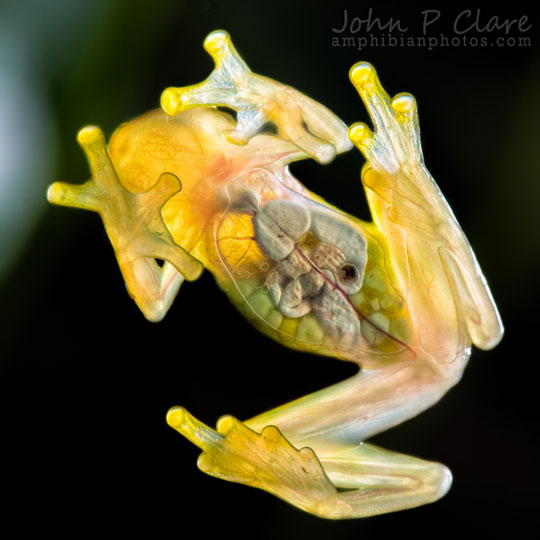
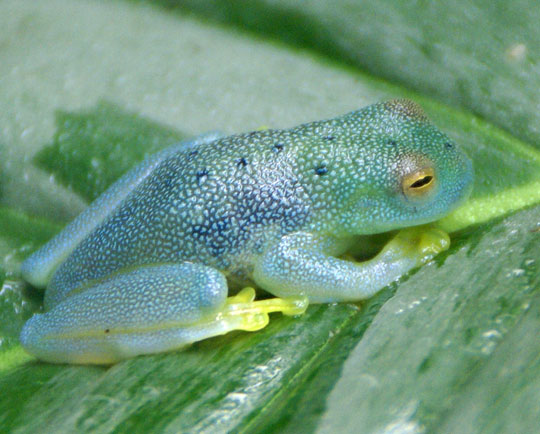
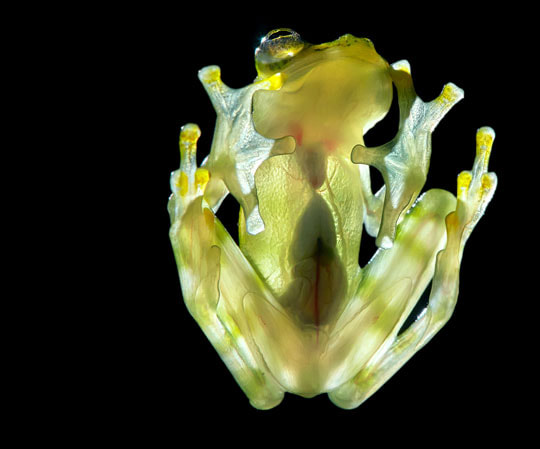
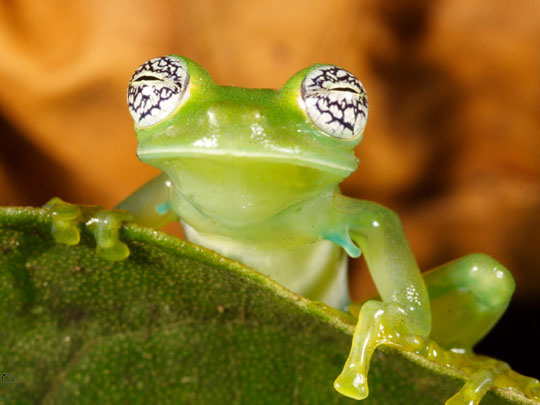
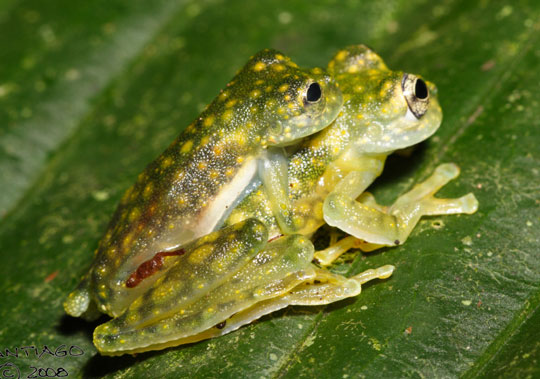
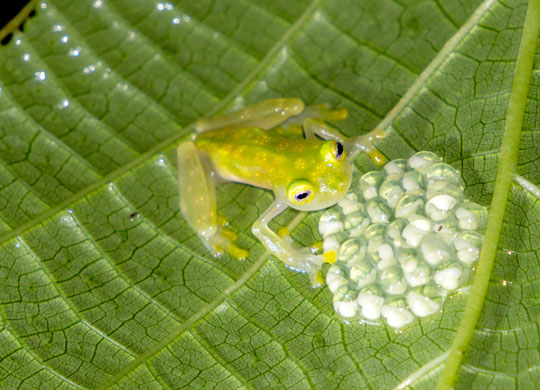
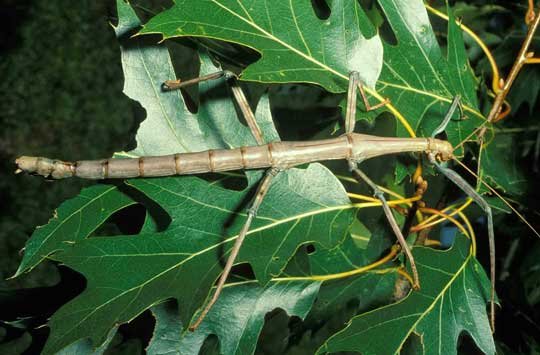

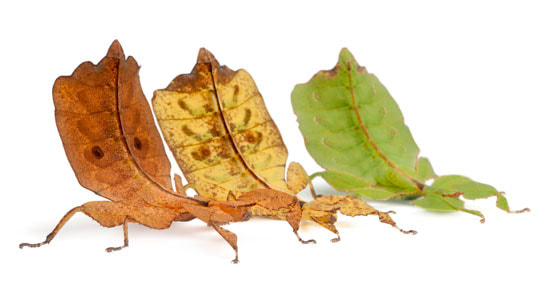

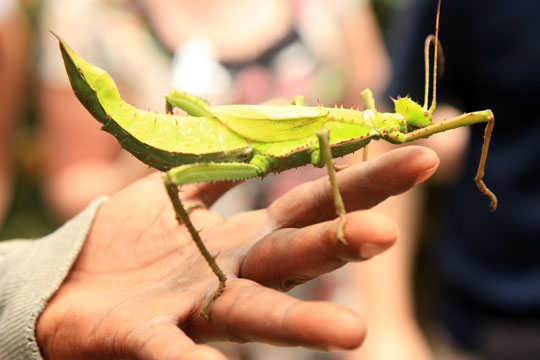

 RSS Feed
RSS Feed